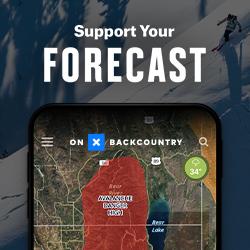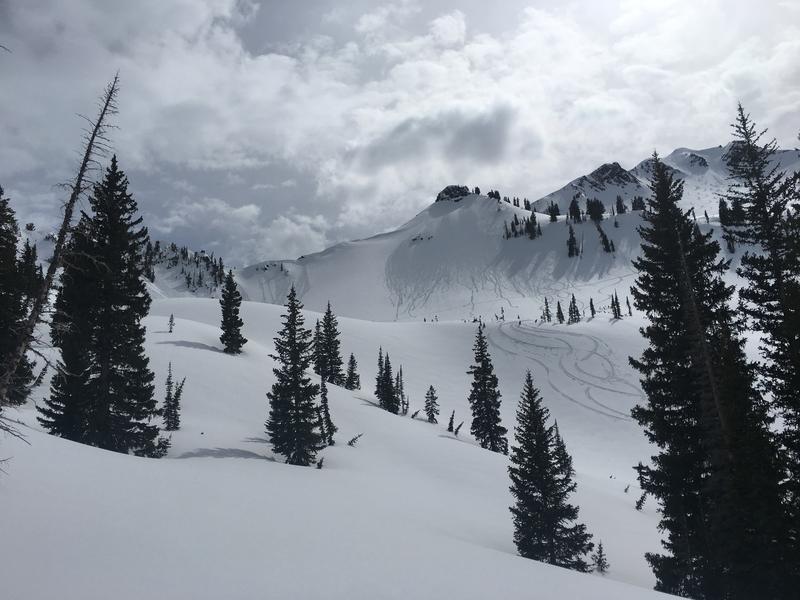Forecast for the Salt Lake Area Mountains

Issued by Greg Gagne on
Friday morning, April 5, 2019
Friday morning, April 5, 2019
The avalanche hazard starts out generally LOW, possibly rising to MODERATE as the day warms when wet loose and wet slab avalanches are possible. Avalanche activity may be both natural and human-triggered. Although wet avalanches may be shallow, they may run long distances and produce deep debris piles.

Low
Moderate
Considerable
High
Extreme
Learn how to read the forecast here







